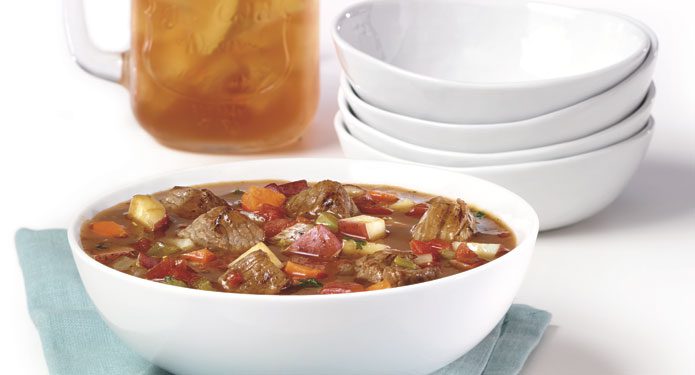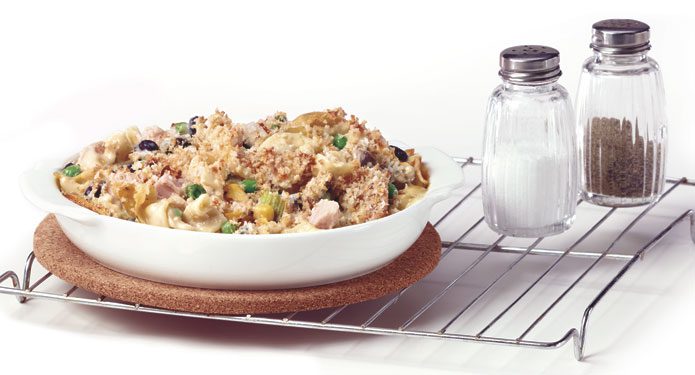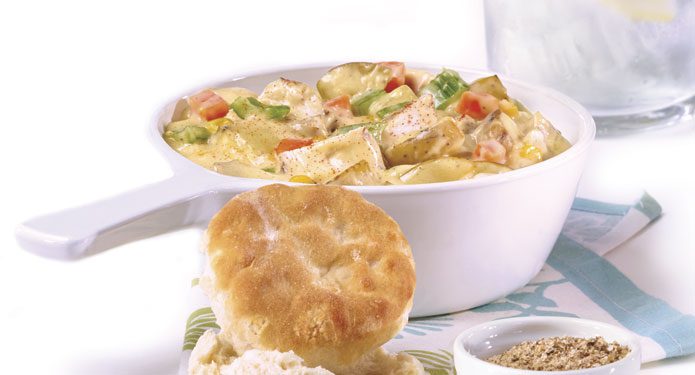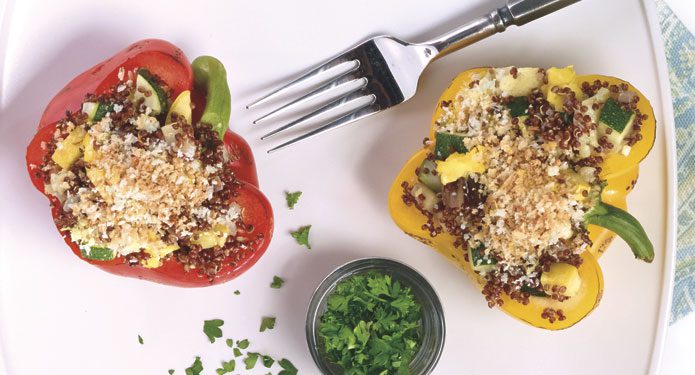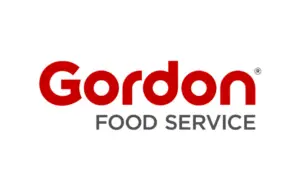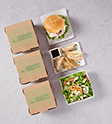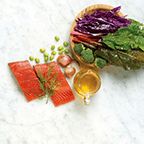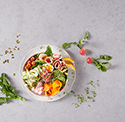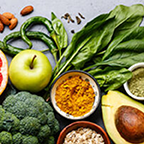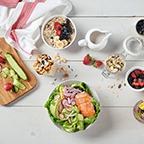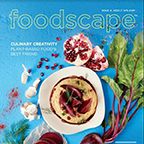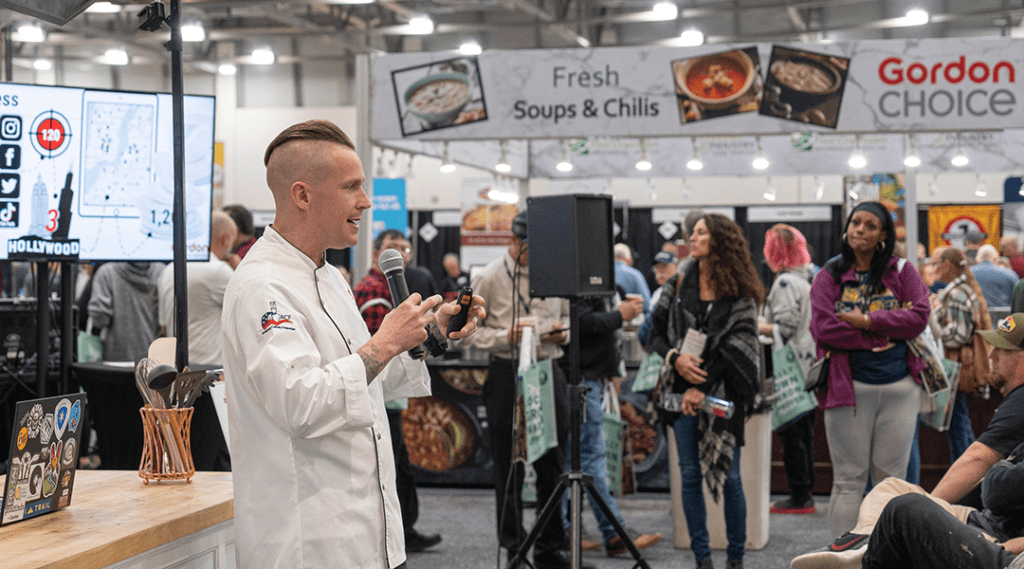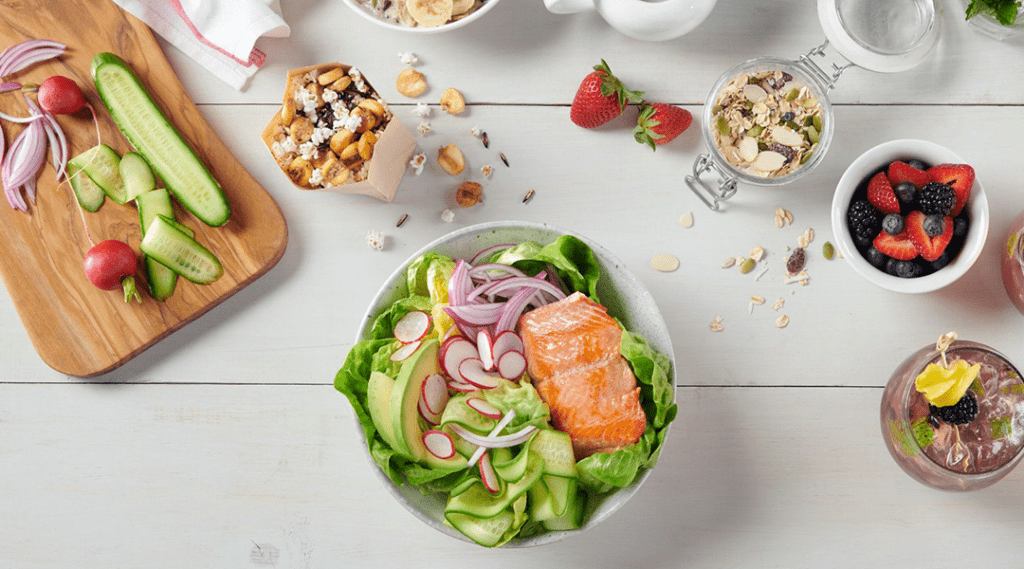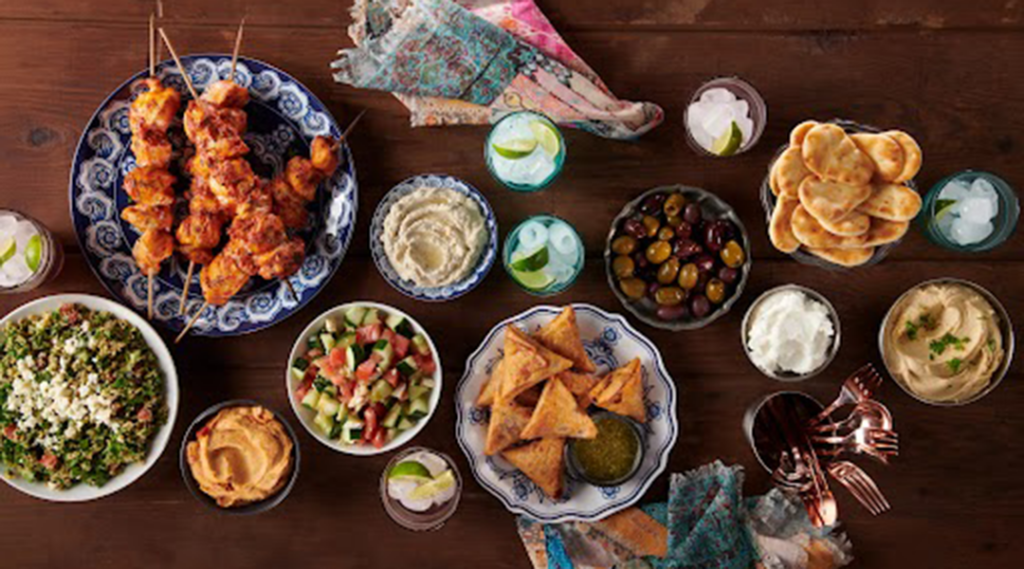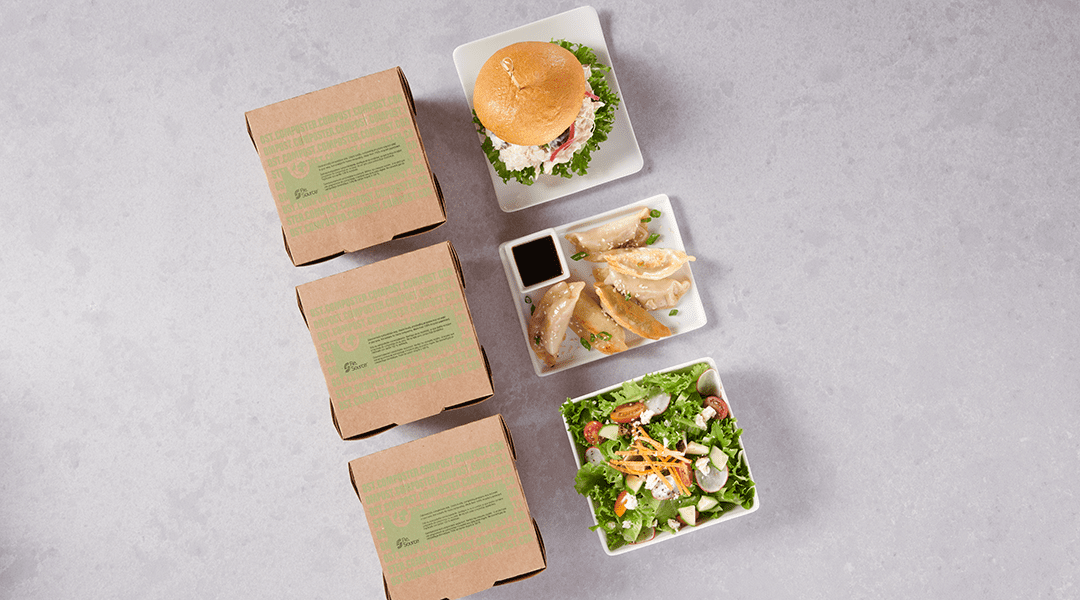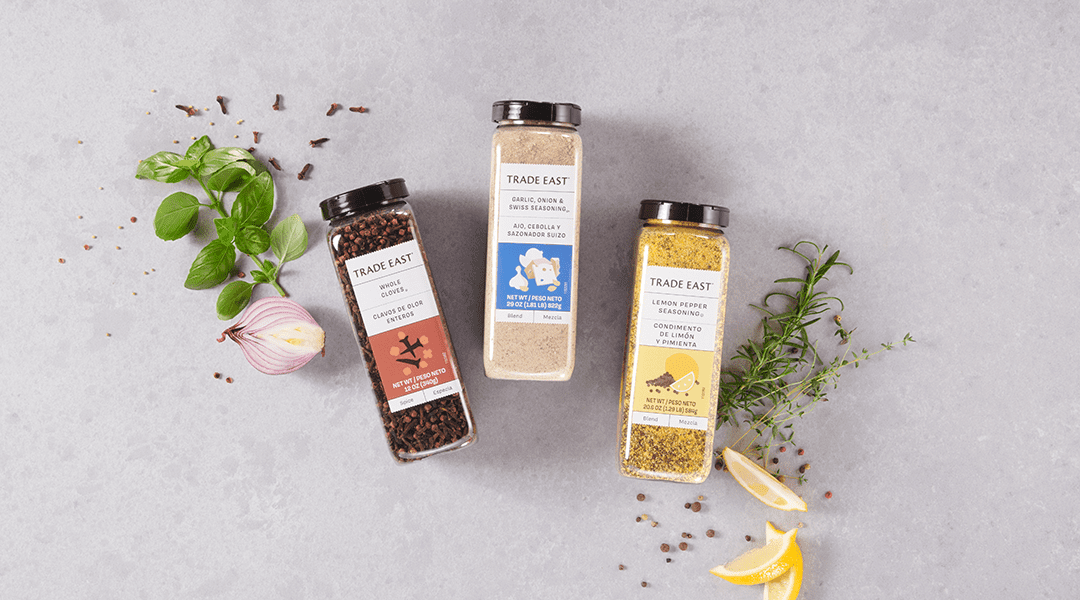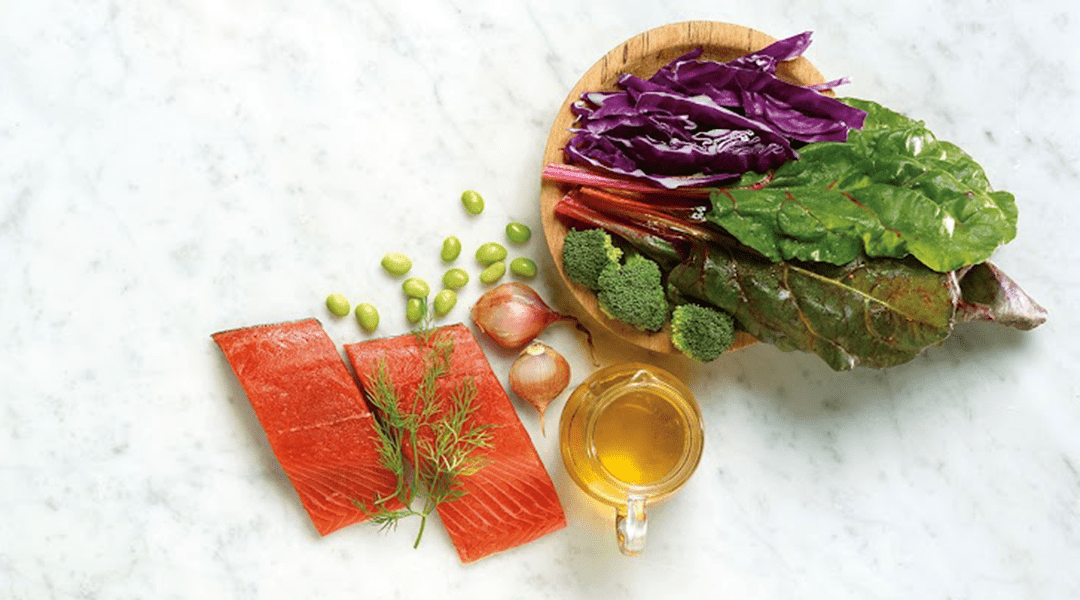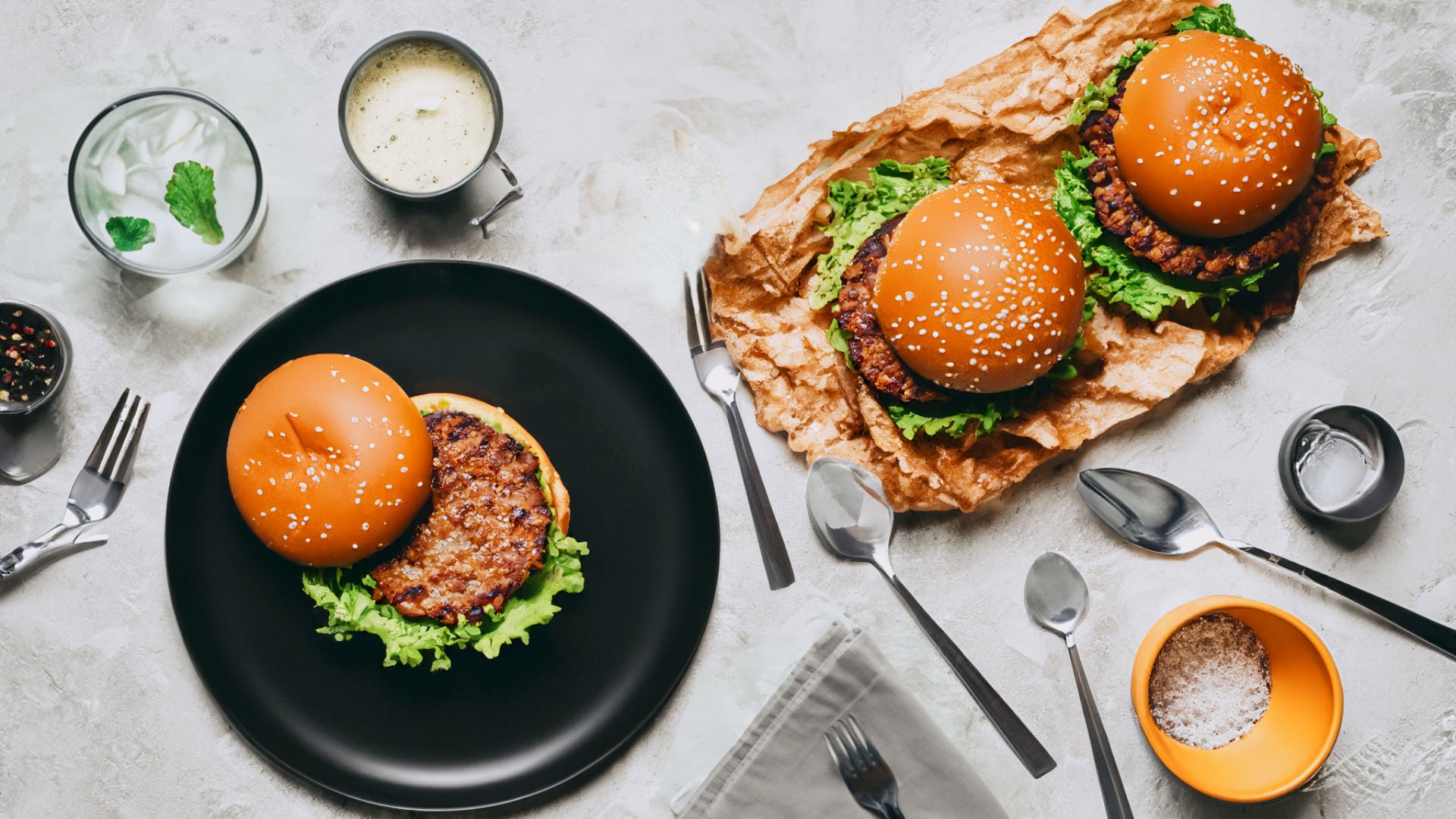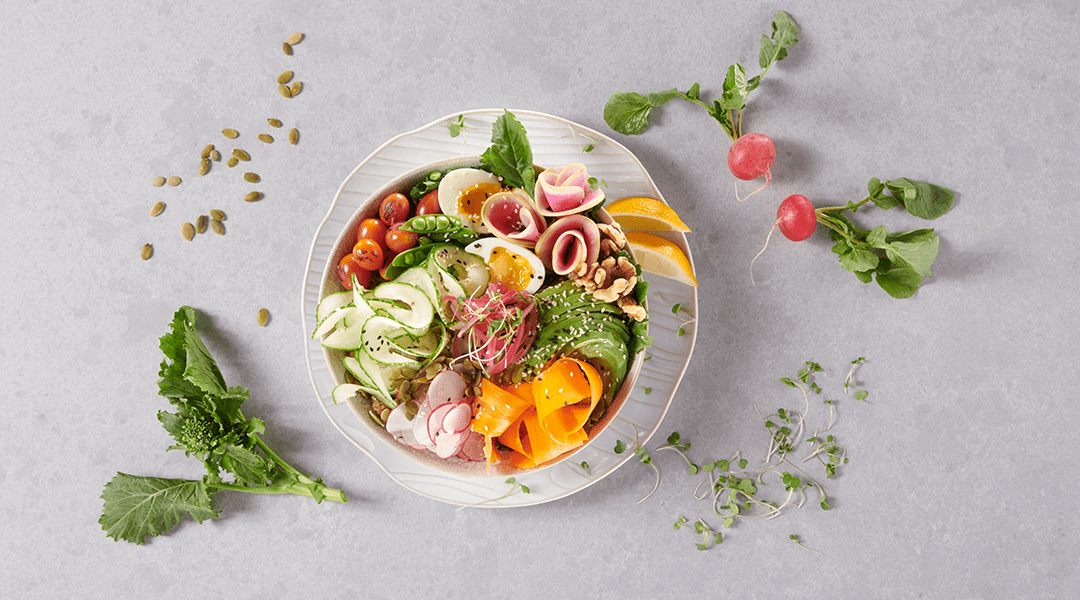Keeping people adequately nourished, especially patients recently discharged from hospitals or rehab and the elderly living alone, can be a challenge. It is about more than clinical assessments and nutrients. Making food accessible and convenient to eat are key to improving intake and preventing weight loss that impedes healing and their overall well-being.
Often, improving intake is as simple as getting meals in the hands of those who need them. Many elderly and/or ill patients don’t eat enough because they can’t source food as a result of physical limitations, or because they no longer have the desire or ability to cook. Delivering prepared meals is a crucial step toward adequate nourishment and healing.
The art of the meal
Step up to the plate with wholesome, ready-made dishes full of craveable flavor, pleasing mouthfeel and lifelong associations with comfort. Our lineup of casserole-style comfort-food recipes delivers on all fronts. They’re flavorful, portable, freezeable, reheatable and scalable, which means it’s easy to adjust the quantities you produce in order to meet demand. Each recipe can be a major component around which a meal can be built.
“These recipes can be part of a program that includes delivering food to people in need,” says Gordon Food Service Healthcare Marketing Manager Dana Fillmore, RD.
Soft, soothing and solidly nutritious, these comfort foods have broad appeal. We’ve even included a tasty vegetarian option that offers a health halo and menu flexibility.
Prepare and package the recipes according to the needs of your client base. One good option, Fillmore suggests, is to package the food containers that hold two to four servings. For the sake of efficiency and economy, align production of recipes for takeout and delivery with your operation’s regular menu. These items also can work with a grab-and-go program for employees and visitors looking to pick up food to take home for themselves.
The Joy of Comfort Food
Flavorful, familiar and easy to eat, comfort foods stimulate appetites and please palates.
“Comfort food remains one of the top macrotrends influencing all segments of foodservice,” says Gordon Food Service Corporate Consulting Chef Gerry Ludwig, CEC.
Typically, packed with calories, comfort foods such as casseroles are good for nourishing individuals not inclined to eat, notes Colorado-based foodservice/healthcare consultant Carmen Bowman, a principal at Edu-Catering. Macaroni and cheese, she points to as an example, is a high-calorie, top-pick comfort food that most people enjoy.
The elements of comfort-food style
- Rich and calorie-dense.
- Based on inexpensive proteins⎯e.g., braised or ground meat.
- Homestyle⎯not fussy.
- Soothing mouthfeel⎯soft, tender, chewy.
Food Safety for Bulk Production
When preparing foods in bulk and repacking, it’s important to think about these steps to ensure the food will be safe for the consumer.
Cooling
CCP: Product must be cooled within 2 hours from 135°F to 70°F, and from 70°F TO 41°F or less within an additional 4 hours.
CCP: Cold foods held for later service must not exceed an internal temperature of 41°F.
Labeling & Dating
According to the FDA 2011 Food Code, TCS foods are good for seven days under proper storage conditions. Your organization may consider a shorter time frame according to your policies and procedures. When labeling, include what the food is, storage information and instructions for reheating. Also include the date it was prepared and the date it needs to be discarded. Day one is the day it was produced and day seven is the day it should be discarded if not consumed. Remember, if the consumer chooses to freeze the product that stops the date marking clock, but does not reset it.
Reheating
CCP: Final internal cooking temperature must reach a minimum of 165°F within 2 hours.
Recipes for a Home Meal Program
